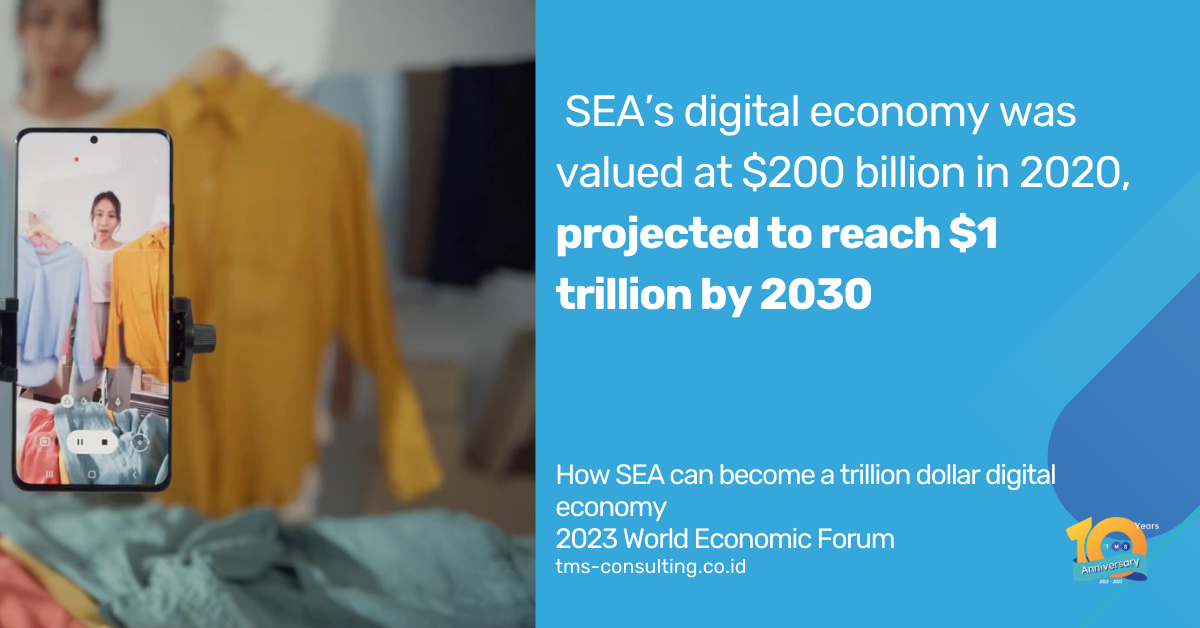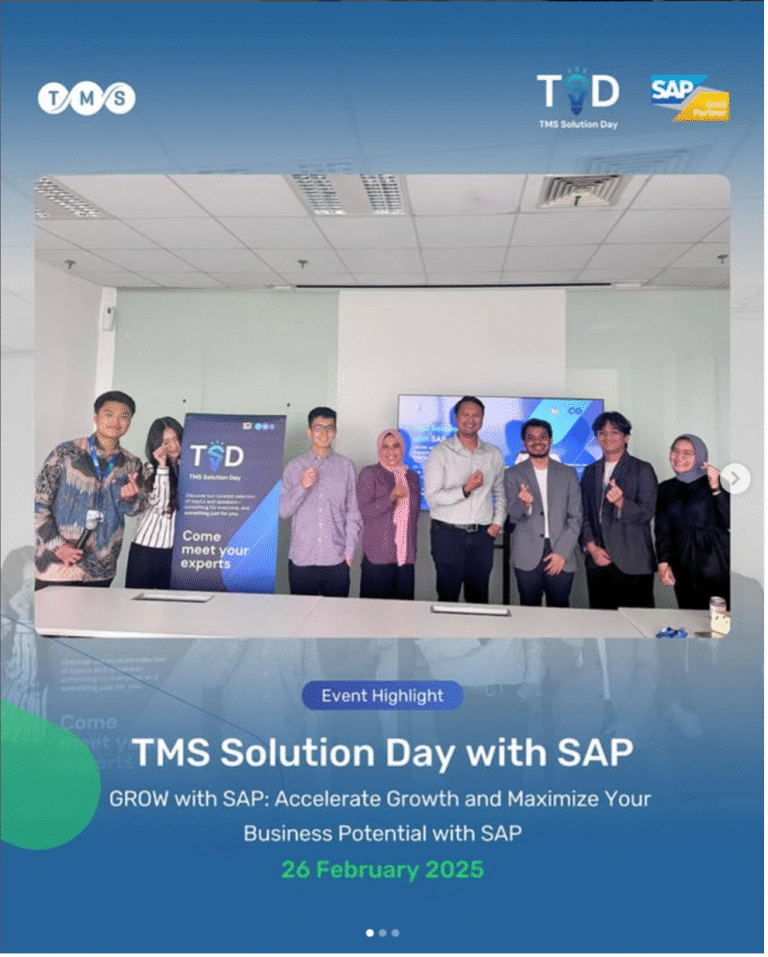In recent years, Southeast Asia has emerged as a hotspot for digital transformation, with the potential to become a trillion-dollar digital economy by the end of the decade. This growth trajectory is fueled by several factors, including rapid technological adoption, a young and tech-savvy population, and supportive government policies. However, to fully realize this potential, the region must address key challenges and leverage opportunities for digital transformation effectively.
The Rise of the Digital Economy in Southeast Asia
The digital economy in Southeast Asia has been growing at an unprecedented rate. According to a report by the World Economic Forum, the region’s digital economy was valued at $200 billion in 2020 and is projected to reach $1 trillion by 2030. This growth is driven by a burgeoning internet user base, expected to hit 600 million by 2025. The rise of e-commerce, fintech, and digital services is reshaping traditional industries and creating new economic opportunities.
ASEAN’s digital economy is set to transform sectors like retail, banking, healthcare, and education, driven by a combination of increasing internet penetration, mobile connectivity, and a growing middle class. According to the ASEAN Digital Masterplan 2025, the region aims to be a leading digital community by enhancing connectivity, digital integration, and cybersecurity.
Key Drivers of Digital Growth
- Youthful Population and Digital Adoption
- Southeast Asia boasts a young and dynamic population, with over 50% of its inhabitants under the age of 30. This demographic is driving the rapid adoption of digital technologies, from social media to e-commerce platforms, making the region one of the fastest-growing internet markets in the world.
- Government Initiatives and Policy Support
- Governments across the region are implementing policies to support digital transformation. For instance, the ASEAN Digital Integration Framework is designed to harmonize digital regulations and standards across member states. This includes initiatives to improve digital literacy, enhance cybersecurity, and promote innovation ecosystems.
- Mobile Connectivity and Internet Penetration
- Mobile connectivity is a significant driver of digital growth in Southeast Asia. The region has one of the highest mobile penetration rates globally, with over 90% of the population using smartphones. This widespread connectivity is facilitating access to digital services, particularly in rural areas where traditional infrastructure is lacking.
- E-commerce Boom
- The e-commerce sector in Southeast Asia is experiencing exponential growth, with sales expected to surpass $200 billion by 2025. Platforms like Lazada, Shopee, and Tokopedia are capitalizing on this trend by offering a wide range of products and services, often tailored to local preferences.
- Fintech Innovations
- Financial technology is revolutionizing banking and financial services in the region. Fintech startups are providing innovative solutions for payments, lending, and insurance, increasing financial inclusion for millions of unbanked individuals. Digital wallets, such as GCash and OVO, are gaining popularity, enabling seamless transactions and fostering economic activity.
Challenges to Overcome
Despite these promising trends, Southeast Asia faces several challenges in realizing its digital economy potential:
- Digital Divide
- There is a significant digital divide between urban and rural areas, with limited internet access and infrastructure in remote regions. Bridging this gap is essential to ensure inclusive growth and equal opportunities for all citizens.
- Cybersecurity Threats
- As the digital landscape expands, so do cybersecurity risks. Protecting sensitive data and maintaining trust in digital systems is crucial for sustaining growth and preventing economic losses. Governments and businesses must collaborate to implement robust cybersecurity measures and educate users on safe online practices.
- Regulatory Hurdles
- Regulatory fragmentation across ASEAN member states can hinder cross-border digital trade and innovation. Streamlining regulations and fostering regional cooperation are vital to creating a seamless digital ecosystem that encourages investment and entrepreneurship.
Strategies for Success
To harness the full potential of the digital economy, Southeast Asia must adopt comprehensive strategies that address these challenges and build on existing strengths:
- Invest in Digital Infrastructure
- Expanding broadband coverage and improving internet speeds are critical for supporting digital services and applications. Public and private sector investments in infrastructure will facilitate connectivity and drive economic activity.
- Enhance Digital Skills and Education
- Developing a skilled workforce equipped with digital competencies is essential for sustaining growth in the digital economy. Educational institutions and training programs should focus on teaching relevant skills, such as coding, data analysis, and digital marketing.
- Promote Innovation and Entrepreneurship
- Creating a conducive environment for startups and innovators is key to driving digital transformation. Governments can support this by offering incentives, simplifying business processes, and providing access to funding and mentorship.
- Strengthen Regional Cooperation
- Collaboration among ASEAN member states is crucial for overcoming regulatory barriers and fostering a unified digital market. Joint initiatives, such as the ASEAN Digital Masterplan 2025, can promote shared goals and enhance regional competitiveness.
Conclusion
Southeast Asia stands at the forefront of digital transformation, with the potential to become a trillion-dollar digital economy by 2030. By addressing key challenges and leveraging opportunities, the region can achieve inclusive and sustainable growth, transforming the lives of its people and cementing its position as a global digital powerhouse.
TMS Consulting is here to be your trusted partner on this exciting journey. With our commitment to Innovation, TMS Consulting can help you unlock your full potential and achieve sustainable growth in the digital age. Talk to us today and take the first step to being a part of the embracing digital transformation!
References:
World Economic Forum (2023). How Southeast Asia can become a trillion-dollar digital economy.
ASEAN Magazine Issue 23 (2022). Digital Transformation: Driving Inclusive and Sustainable Growth in ASEAN.






